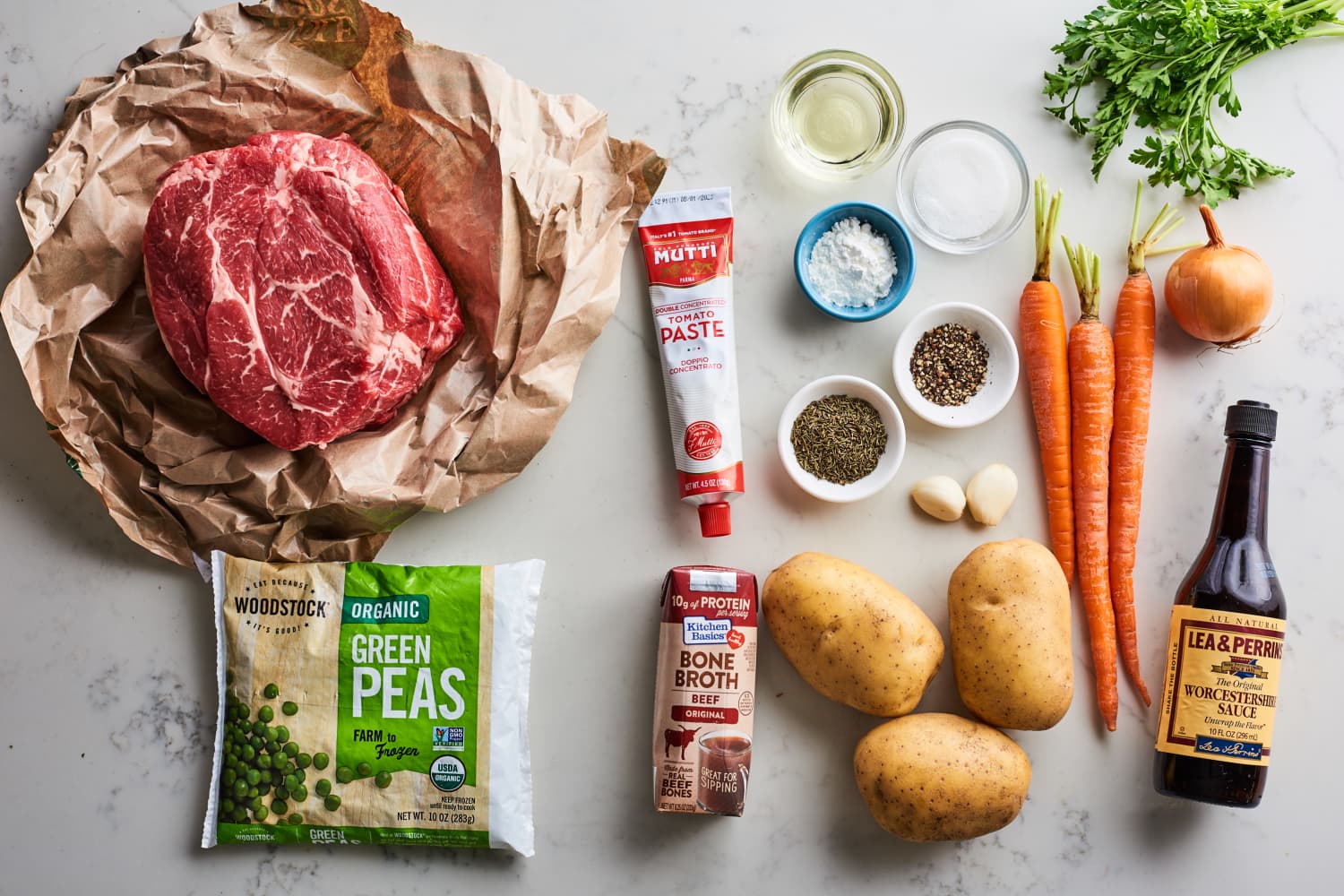We independently select these products—if you buy from one of our links, we may earn a commission. All prices were accurate at the time of publishing.
Cold weather means stew weather, and there truly isn’t a dish that’s much more comforting than beef stew. When cubes of beef, sweet carrots, and potatoes cook slowly together in a savory sauce, the resulting stew just makes you want to grab a hunk of crusty bread and dig in. But when you’re stuck for time, you forgot to thaw your meat, or you simply can’t be bothered with an all-day cooking fest, Instant pot beef stew is the way to go.
While there’s no denying that a pot of classic beef stew bubbling away for a few hours on the stovetop makes for an amazing-smelling kitchen, using an Instant Pot instead makes for a beef stew that can go from pulling ingredients out of the refrigerator to sitting down at the dinner table in just about an hour. Here’s how to do it.
How to Make Sure Your Beef Gets Super Tender in the Instant Pot
The best way to ensure your beef is tender in your Instant Pot stew is to braise it (aka pan sear it first, then let it stew). Braising turns tough cuts of beef into tender, fall-apart bites. But skip the pre-cut stew beef.
Oftentimes, stew beef is cut into irregularly shaped pieces and can have a lot of tough gristle that will never get tender. Picking up a piece of boneless beef chuck instead means that you can easily trim off all the unwanted parts first. Once you’ve trimmed the meat, make sure the pieces are cut into uniform 1 1/2-inch pieces that will cook evenly and quickly in the pressure cooker.
Searing the beef cubes first creates all those tasty browned bits that make the finished sauce that much more delicious, but you don’t have to spend a lot of time searing the cubes all over. Searing just one side saves you time, so be patient with the process, working in two batches, and letting one side of the beef get really nice and dark.
Should I Use the Stew Setting on My Instant Pot?
All of the settings on an Instant pot are just pre-timed, so there’s nothing inherently special about them. For this recipe, it’s not necessary to use the stew button for a beef stew recipe. Instead, follow the instructions for the specific cook times.
Which Is Better for Beef Stew: Instant Pot or Slower Cooker?
When it comes to deciding where to cook your beef stew (in an Instant pot versus a slow cooker), the winner really comes down to time. If you are a person who often forgets to thaw out meat, or who gets nervous about the idea of leaving on a slow cooker all day while you’re at work, an Instant pot is the way to go. (This also goes for other beef-based dishes like beef chili.)
However, if you like the aroma of a dish cooking all day long (and sneaking small tastes of the broth), then a slow-cooker beef stew is the better choice. It really comes down to how much time you want to dedicate to the task of cooking.
What Ingredients Do You Need for Beef Stew?
Here are the ingredients you’ll need for Instant pot beef stew:
Because this beef stew is made in the Instant Pot and we want everything to cook in the same amount of time, the carrots and potatoes should be cut into large pieces so that they don’t overcook and fall apart. Go with chunks that are the same size as the beef cubes, with the exception of the onion and garlic, which can be cut smaller since we want those to cook down as much as possible.
How to Thicken Beef Stew in an Instant Pot
We all know that one of the best parts of beef stew is the rich brown gravy. Since this stew is cooked in a sealed environment (and therefore the moisture gets locked in), you only need half a cup of broth and some Worcestershire sauce to get things going.
Using cornstarch keeps this beef stew gluten-free, and I find it’s easier to thicken the sauce at the end rather than start by searing beef that’s been tossed in flour (which usually requires more oil and introduces the risk of the flour burning during searing).
A big handful of frozen peas stirred into the beef stew at the end adds a note of sweetness and a bright pop of color to the otherwise deep, savory flavors. For some freshness, garnish with chopped parsley if you’d like. Here are some options for what to serve with the beef stew so that not a drop of that delicious sauce is left behind:
At Kitchn, we know how important it is to find recipes that are worth your time. That’s why every tutorial — like this one — features recipes that have been tried and tested by our team of developers and at-home cooks from across the country. Questions or feedback for us? Say hello: [email protected].

